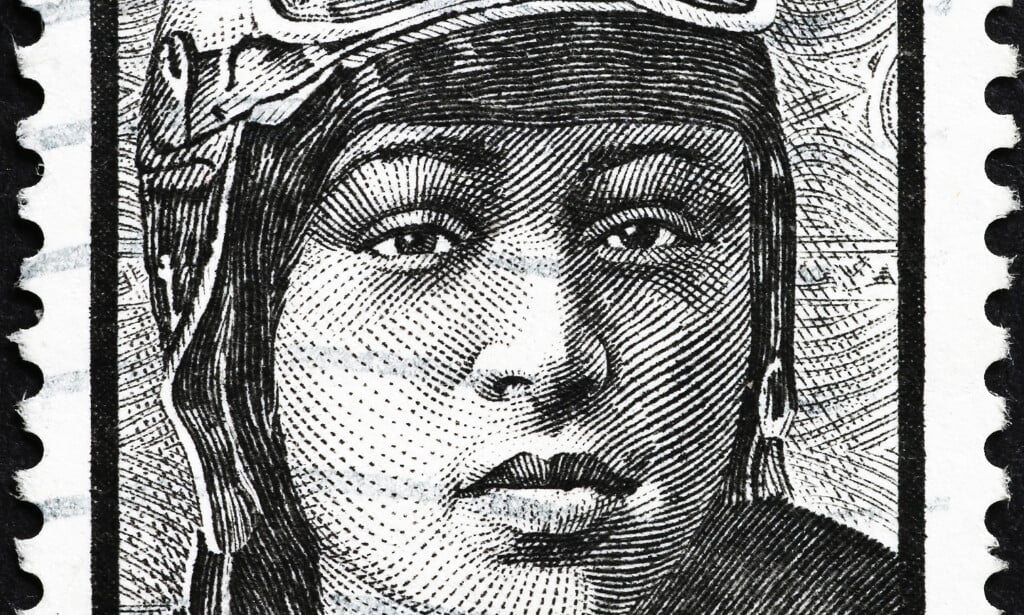February is Black History Month, a time to honor and commemorate the important events, amazing accomplishments, and inspirational people who contributed–and continue to contribute–to African American history. Last February, we published a four-part, in-depth series of articles that looked at key events and people throughout Black history, from 1619 through 1970. You can find each article here: Part 1, Part 2, Part 3, Part 4.
Having covered so many of the prominent names in Black history last year (Harriet Tubman, Dred Scott, Booker T. Washington, George Washington Carver, W.E.B. Du Bois, Jackie Robinson, Emmett Till, Rosa Parks, Dr. Martin Luther King, Jr., and Malcom X, to name some), we’re going to take a different approach this year. Throughout February, we’ll be posting articles about some lesser-known Black heroes, pioneers, and role models who are just as vital to Black history as their more famous peers. Our first part of this series was dedicated to the incredible story of Robert Smalls. We then looked at the life and accomplishments of Bayard Rustin. In our last profile, we learned about Marian Anderson and her contributions to both entertainment and civil rights. Next up is the pioneering pilot, Bessie Coleman!
Bessie Coleman
Though her life was tragically short, Bessie Coleman managed to break down quite a few barriers during her 34 years. She was born on January 26, 1892 in Atlanta, Texas, one of 13 children of Susan Coleman, an African American maid, and George Coleman, a part-Native American/part-African American sharecropper. Life was not easy as a Black family in Texas at this time. The closest school Bessie was allowed to attend was a one-room wooden shack four miles from the family’s home, and the school often couldn’t even supply the children with pencils. When Bessie was just nine years old, her father decided to move to Oklahoma in an attempt to escape discrimination. Susan Coleman, however, did not join him–instead, she stayed in Texas with her 13 children.
Around this time, Bessie helped her mother pick cotton and wash clothes for some extra money. She earned enough to pay for college, and she enrolled at what is now Langston University in Oklahoma. Bessie only made it through one semester, however, before her funds ran out. A few years later, when she was 23, Bessie moved to Chicago to live with her brothers and attended the Burnham School of Beauty Culture in 1915. That helped her find a job as a manicurist at a local barbershop, and she was widely considered the best in the Black Chicago neighborhoods. This turned out to be only a short-term career, however. While living with her brothers, they’d regale Bessie with stories from their time in France while serving in the military during World War I. One of her brothers, John, mentioned to her that women were allowed to fly planes in France and teased her a bit about not being able to herself. This only motivated Bessie to prove him wrong.
She applied to several flight schools across the United States, only to be turned away every single time because she was either a) a woman, b) African American, or c) both. This didn’t deter Bessie one bit–she decided to move to France at the urging of her hero Robert S. Abbott, the publisher and editor of the Chicago Defender Black newspaper–a pioneer in his own right. But first, she had to apply to French flight schools, which required knowledge of the language. So Bessie took night classes to learn French, and it paid off as she was eventually accepted by the Caudron Brothers’ School of Aviation in Le Crotoy, France. On June 15, 1921, after only seven months of flight school, Bessie was a licensed international pilot–the first African American woman to earn a pilot’s license. When she returned to America that September, she was greeted by crowds of reporters wanting to document the story of the first Black and Native American “aviatrix.” The following year, she made history by becoming the first Black woman to perform a public flight.
Her flying proved to be quite a popular draw in both Europe and America in late 1922 and for the next few years as she performed death-defying stunts such as walking on the wings of the plane as it was in the air, “loop-the-loops”, and figure-eights in the sky during dozens of air shows. Bessie toured the US, giving flight lessons, performing in shows, and encouraging African Americans (women in particular) to learn how to fly.
Bessie’s dream to own her own plane came true in 1925, when she purchased a Curtiss JN-4 (Jenny) plane. Just a day after picking up the new plane in Santa Monica, California, however, she was flying to Los Angeles for a performance when the motor stalled at 300 feet, causing the new plane to nose-dive. She survived, but in the crash she fractured a leg and broke her ribs–and the plane was destroyed. Bessie wouldn’t fully recover for months, and she wouldn’t resume regular flying for nearly two years.
After her recovery, she helped stage flight shows and lined up some lectures in Texas before touring Florida and Georgia to deliver more motivational speeches and lectures. Before long, she was back to performing exhibition flights and parachute jumps, but she stood firm in refusing to perform unless the audiences were desegregated and allowed to enter and exit a venue through the same gates. Bessie was hailed for standing up for African Americans and their rights during this time.
On April 30, 1926 in Jacksonville, Florida, Bessie boarded her new Jenny plane (she had recently purchased another) as a passenger with a mechanic named William Wills as they were preparing the plane for a show the next day. As they reached about 3,500 feet, a loose wrench became lodged in the control gears, causing the plane to flip and lose control. Sadly, Bessie was not wearing a seat belt; she immediately fell from the plane (there were no roofs or enclosures over these types of planes back then) and died instantly upon impact. William Wills was also killed in the wreck.
At her funeral in Chicago, an amazing crowd of 15,000 attended to pay their respects to a pioneer. Despite this outpouring of support, it’s not a stretch to say that her accomplishments have been underappreciated throughout the years, especially during her lifetime. An editorial from the Dallas Express at the time of her death remarked, “There is reason to believe that the general public did not completely sense the size of her contribution to the achievements of the race as such.”
Since Bessie’s passing, however, many have ensured that her memory remains alive. Starting in 1931, African American pilots from Chicago performed an annual flyover of her gravesite. In 1977, a group of Black women pilots created the Bessie Coleman Aviators Club. In 1992, a Chicago City Council resolution asked that the United States Postal Service issue a Bessie Coleman stamp, noting that “Bessie Coleman continues to inspire untold thousands, even millions, of young persons with her sense of adventure, her positive attitude, and her determination to succeed.” The stamp was issued by the USPS in 1995. Bessie was also enshrined in the National Aviation Hall of Fame in 2006.
We hope you enjoyed this profile of Bessie Coleman, a true role model and pioneer for African American women. Stay tuned for more profiles, coming soon!
In the meantime, check out Elephango for some informative and engaging lessons related to Black History Month!







